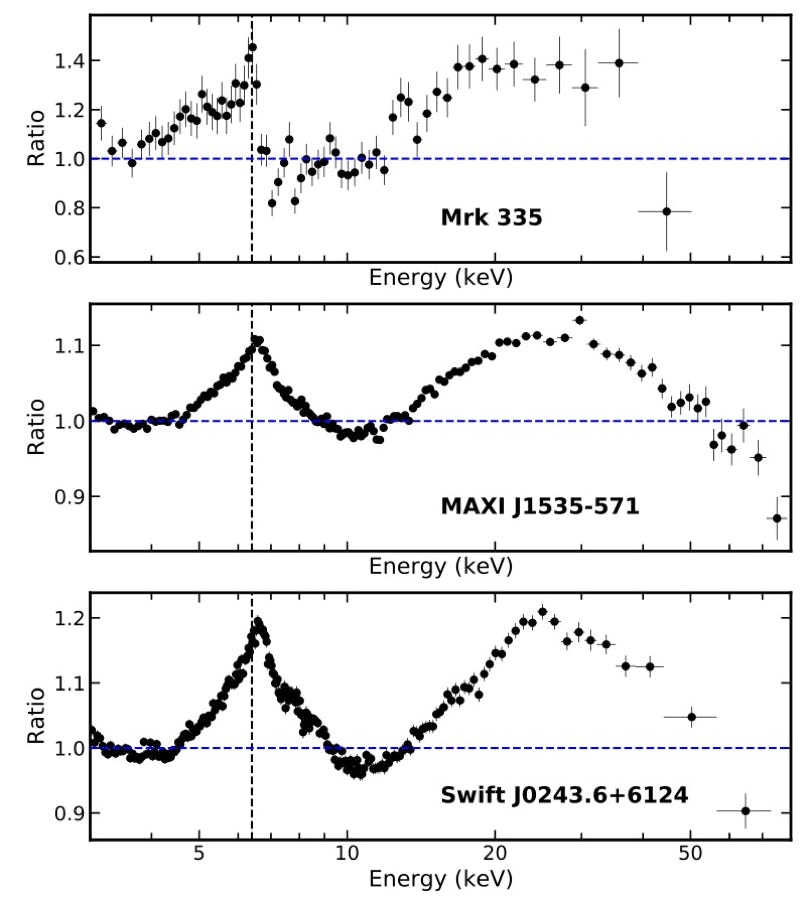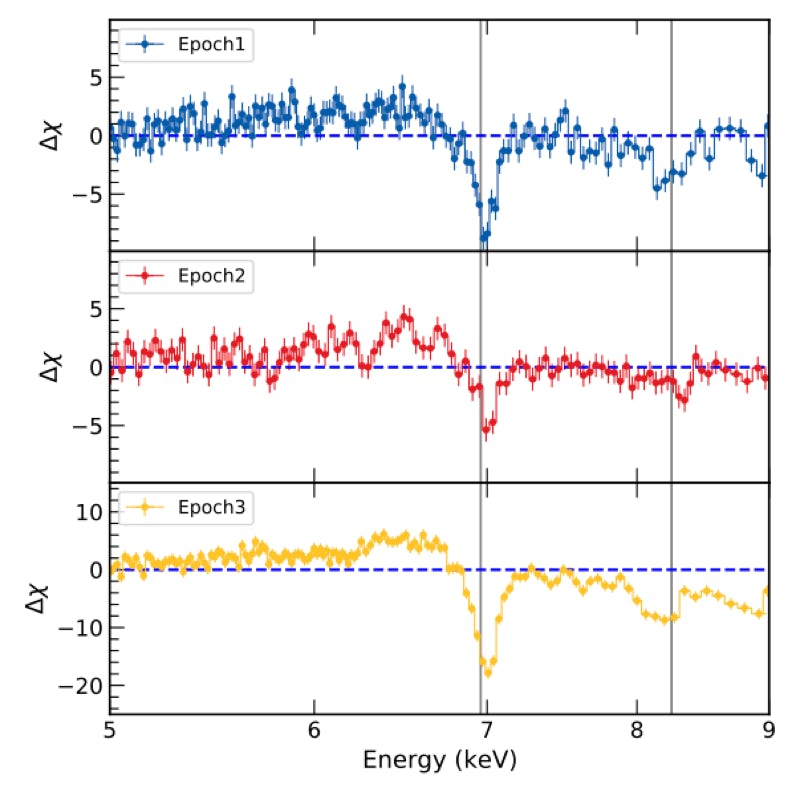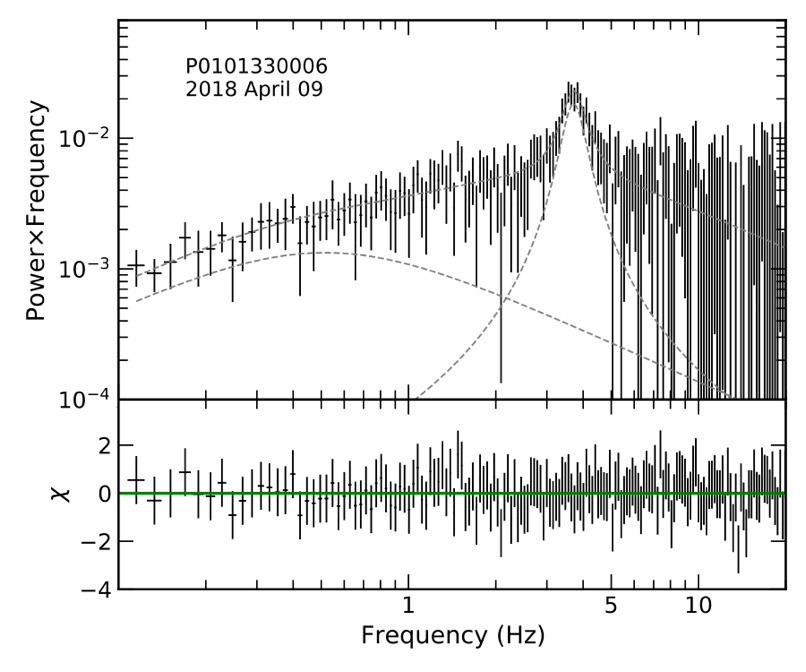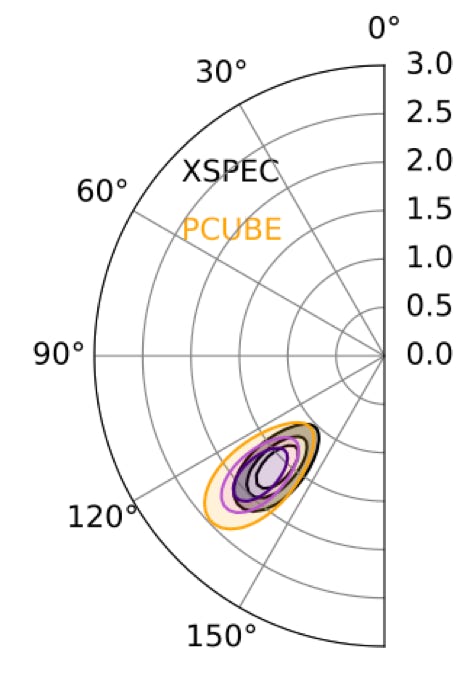Who am I
My name is Honghui Liu (in Chinese: 刘鸿辉). I grew up in a small city called Anfu in Jiangxi province of China. The name of the city actually means 'peace and happiness’. In Anfu, you will find the Wugong Mountain, the highest and (probably) the most beautiful mountain in Jiangxi province. Just an hour's drive away is the Jinggang Mountain, a place known by every Chinese.
I completed high school at Anfu High School and entered Fudan University in 2015. At Fudan, I majored in Physics, but I also conducted research in high-energy astrophysics with Prof. Cosimo Bambi. I received my Bachelor's degree in 2019 and continued my Ph.D. studies at Fudan until 2024. Currently, I am working as the Assistant to the Chair (equivalent to assistant professor) of High Energy Astrophysic at the Institute for Astronomy and Astrophysics (IAAT), University of Tuebingen.
I am an astrophysicist working on the accretion process onto compact objects, including neutron star/black hole X-ray binaries and active galactic nuclei. The accretion process produces significant electromagnetic radiation that can be captured by space-based or ground-based telescopes. Studying this radiation is key to understanding important aspects of the universe, such as gravity and general relativity, as well as the accretion process itself, which plays a crucial role in shaping the universe.
I am expert in studying these objects using space-based X-ray telescopes such as Suzaku, NuSTAR, NICER, Swift, IXPE and Insight-HXMT. The topics I have worked on include the black hole spins, the geometry of the inner part of the disk-corona system, the microphysics (e.g. the disk density) of the disk through observations, accretion outflows (e.g. disk wind, warm absorber), timing properties (e.g. QPOs, state transition, short timescale flares) and X-ray polarization.
X-ray reflection spectroscopy
When the accretion disk extends down to the innermost stable circular orbit (ISCO), radiation from the inner disk inevitably has imprint of the spacetime properties near the black hole. Especially, the fluorescent lines, which are results of gases on the disk being ionized by the strong X-ray radiation from the corona, are relativistically broadened into an asymmetrical profile (e.g. Fabian et al. 1989, 2000). The strongest relativistic reflection feature is usually the broad iron line in the 6-7 keV band, which is not affected by the black hole mass (see the right plot). Analyzing the relativistic reflection spectra of black hole accretion disks is naturally a good technique to measure the black hole spin parameter (e.g. Reynolds et al. 2014, 2021; Bambi et al. 2021), test gravity theory (e.g. Bambi et al, 2017) and study the geometry (or microscopic properties, e.g. the ionization state or disk density) of the disk corona system.
Outflows from the accreting system
The accreting systems are known to exhibit outflows at both low and high Eddington fractions. The outflows can be in the form of relativistic jets that travel at a speed near the speed of light (c), or winds with velocity ranging from hundreds km/s to as high as ~ 0.3 c. The winds launching from the accretion disk can carry a significant amount of mass and energy to affect the coevolution of galaxies and the SMBHs (e.g. Fabian 2012), the accretion process and the jet activity (e.g. Neilsen et al. 2009). In the X-ray band, the winds can be detected as the (blue-shifted) narrow absorption lines against the continuum. I have worked on these features in both XRBs (e.g. Liu et al. 2022) and AGNs (e.g. Liu et al. 2021) with high resolution instruments (e.g. RGS of XMM-Newton)


LFQPOs
Low frequency quasi-periodic oscillations (LFQPOs) are commonly found in low mass X-ray binary (LMXRB) systems. Understanding the origin and mechanism of QPOs can give us important hints on both the accretion/ejection process and the spacetime property near compact objects. I have been working on the correlation between QPO frequency and the parameters of the disk corona system. The good timing resolution and broadband energy coverage of the first Chinese X-ray satellite, Insight-HXMT, provide good opportunity for this kind of analysis. (See Liu et al. 2021)

X-ray polarization
The polarization properties of X-rays from accreting systems provide additional information about the orientation and level of asymmetry of the emitting region, which can not be directly obtained from spectroscopic, timing or imaging data. The launch of IXPE in 2021 opened a new window to combine the constraining power of polarization measurements with traditional spectral and timing techniques. I am experienced in dealing with IXPE data and working on proper spectro-polarimetric modeling.

Supervised Students
Haiyang Wang, Zuobin Zhang, Yuhan Fu, Qichun Liu, Songcheng Li, Gitika Mall, Songyu Li, Ningyue Fan, Rui Zhang, Kexin Huang, Yimin Huang, Shuaitongze Zhao, Debtroy Das, Valerio Pandolfi, Florian Sanzenbacher, Konstantinos Kourmpetis, Zizeng Lv, Emmanouil Karathanasis.
Undergraduate students:
1. Haiyang Wang (one 2nd author paper published), Bachelor degree at Fudan University in 2022 --> Master degree at University of Cambridge in 2023 --> PhD student at Caltech
2. Yuhan Fu (one 2nd author paper published). Bachelor degree at Fudan University in 2022.
3. Qichun Liu (1 paper published with me). Bachelor degree at Fudan University in 2022 --> PhD student at Tsinghua University.
4. Songyu Li (Wandao project at Fudan). Bachelor degree at Fudan University in 2025.
5. Ningyue Fan (Wandao project at Fudan, 1 paper published). Bachelor degree at Fudan University in 2025 --> PhD student at Stanford.
6. Rui Zhang (Wandao project at Fudan). Bachelor degree at Fudan in 2024.
7. Hongming Mei (Bachelor student at University College London)
Graduate students:
1. Zuobin Zhang (3 papers published), Doctor degree at Fudan University in 2024 --> Postdoc at Oxford University.
2. Gitika Mall (1 paper published, 1 in preparation), Doctor degree at Fudan University in 2024 --> Education
3. Songcheng Li (1 paper published), PhD student at Fudan University.
4. Kexin Huang, (1 paper published), Master degree at Fudan University in 2025 --> Industry.
5. Yimin Huang (1 paper published), Master student at Fudan University
6. Shuaitongze Zhao (PhD student at Fudan University & University of Tuebingen)
7. Debtroy Das (PhD student at Fudan)
8. Valerio Pandolfi, Master student from La Sapienza University of Rome and University of Tuebingen, master thesis done at University of Tuebingen, Master degree with the highest grade (110 e lode/110) in 2025. --> PhD student at SRON, Leiden.
9. Florian Sanzenbacher (Bachelor and then Master student at University of Tuebingen)
10. Konstantinos Kourmpetis (Master student at University of Tuebingen, co-supervising with Shafqat Riaz)
11. Zizeng Lv (PhD student at University of Tuebingen)
12. Emmanouil Karathanasis (Master student at University of Tuebingen)
Supervised papers
1. Zhang, Z., Liu, H., Abdikamalov, A. B., et al. Probing the near-horizon region of Cygnus X-1 with Suzaku and NuSTAR. PRD, 2021, 103(2): 024055.
2. Zhang, Z., Liu, H., Abdikamalov, A. B., et al. Testing the Kerr black hole hypothesis with GRS 1716-249 by combining the continuum fitting and the iron-line methods. ApJ, 2022, 924, 72.
3. Liu, Q., Liu, H., Bambi, C., Ji, L. The spins of the Galactic black holes in MAXI J1535–571 and 4U 1630–472 from Insight-HXMT. MNRAS, 2022, 512(2): 2082-2092.
4. Zhang, Z., Liu, H., Rawat, Divya,. et al. Evolution of QPOs in GX 339-4 and EXO 1846-031 with Insight-HXMT and NICER. ApJ, 2024, 971, 148.
5. Mall, G., Liu, H., Bambi, C., Steiner, J., Garcia, J. Measuring Black Hole Spins through X-ray Reflection Spectroscopy and the Relativistic Precession Model: the case of XTE J1859+226. MNRAS, 2024, 527, 12053.
6. Fan, N., Li, S., Zhan, R., Liu, H., et al. The 2018 Outburst of MAXI J1820+070 as Seen by Insight-HXMT. ApJ., 2024, 969, 61.
7. Li, S., Liu, H., Bambi, C., Steiner, F., Zhang, Z. Impact of reflection Comptonization on x-ray reflection spectroscopy: The case of EXO 1846-031. PRD, 2024, 110(4), 043021.
8. Huang, K., Liu, H*., Bambi, C*., Garcia, J., Zhang, Z., Impact of the returning radiation on X-ray reflection spectroscopy measurements: the case of Galactic black holes, PRD, 2025, 111(6), 063025.
9. Huang, Y., Liu, H.*, Mirzaev, T., Fan, N., Bambi, C*., Zhang, Z., Dauser, T., Garcia, J., Ingram, A., Jiang, J., Mastroserio, G., Riaz, S., Shashank, S. X-ray reflection spectroscopy with improved calculations of the emission angle, ApJ, 2025, 989, 168.
Favorite Writers
Wang, Xiaobo; Fyodor Dostoevsky; Italo Calvino; Agatha Christie; Franz Kafka
Contact
honghui.liu<at>uni-tuebingen.de